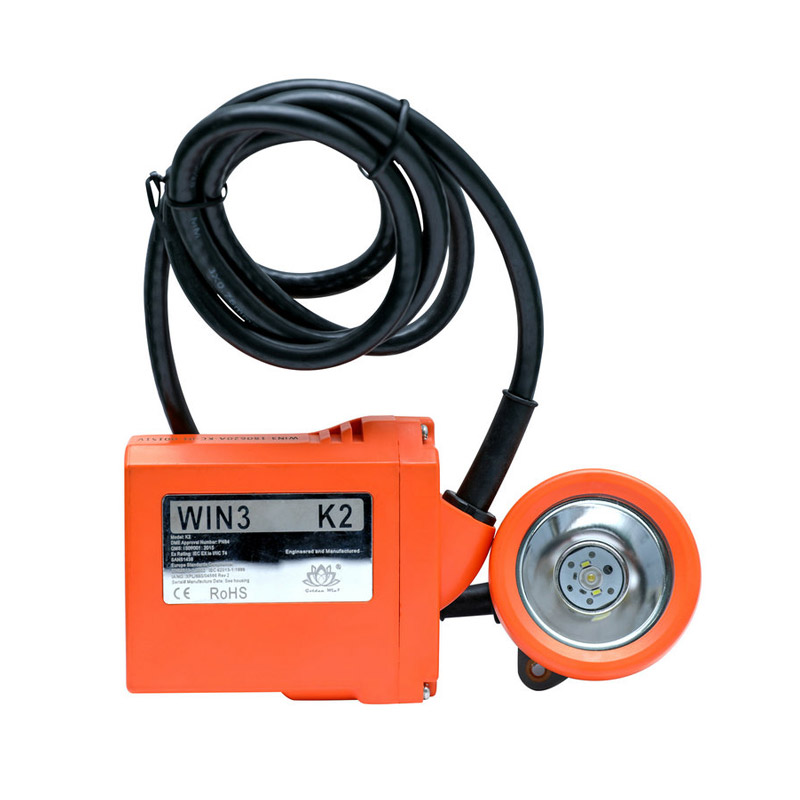Improving the UV resistance of a mining explosion-proof lamp involves implementing measures to protect the lamp's materials and surfaces from the damaging effects of ultraviolet (UV) radiation. Here are several strategies to enhance UV resistance:
UV-Resistant Materials:
Select materials that inherently possess UV-resistant properties. This includes using polymers, coatings, and components that have been specifically formulated or treated to withstand prolonged exposure to UV radiation without degrading.
UV Stabilizers:
Incorporate UV stabilizers into the materials used for the lamp's housing and components. UV stabilizers are additives that help prevent the degradation of materials caused by exposure to UV light. They absorb or dissipate UV radiation, protecting the material from damage.
Weather-Resistant Coatings:
Apply weather-resistant coatings to the lamp's surfaces. These coatings not only protect against UV radiation but also provide a barrier against other environmental factors such as moisture, dust, and pollutants that can contribute to material degradation.
Powder Coating with UV Protection:
If the lamp has a powder-coated finish, choose a powder coating with UV protection. UV-resistant powder coatings can provide an additional layer of defense against UV-induced deterioration.
Clear UV-Resistant Sealants:
Seal the lamp's critical joints and seams with clear UV-resistant sealants. This helps prevent UV penetration into vulnerable areas and maintains the structural integrity of the lamp.
Regular Maintenance and Cleaning:
Establish a routine maintenance schedule to clean the lamp's surfaces. Removing dirt and debris can prevent the buildup of materials that may contribute to UV damage. Regular inspections can also identify any signs of UV-related wear.
UV-Blocking Films:
Apply UV-blocking films to transparent components of the lamp, such as lenses or covers. These films act as a barrier to UV radiation while allowing visible light to pass through. They are particularly useful for protecting plastic or glass components.
Avoid Transparent Materials:
If possible, minimize the use of transparent materials that are prone to UV damage. Opaque or UV-resistant materials may be more suitable for certain lamp components.
Shade or Housing Design:
Design the lamp's shade or housing in a way that provides natural shading to critical components. This can reduce the direct exposure of vulnerable materials to UV radiation.


 English
English Español
Español

